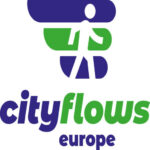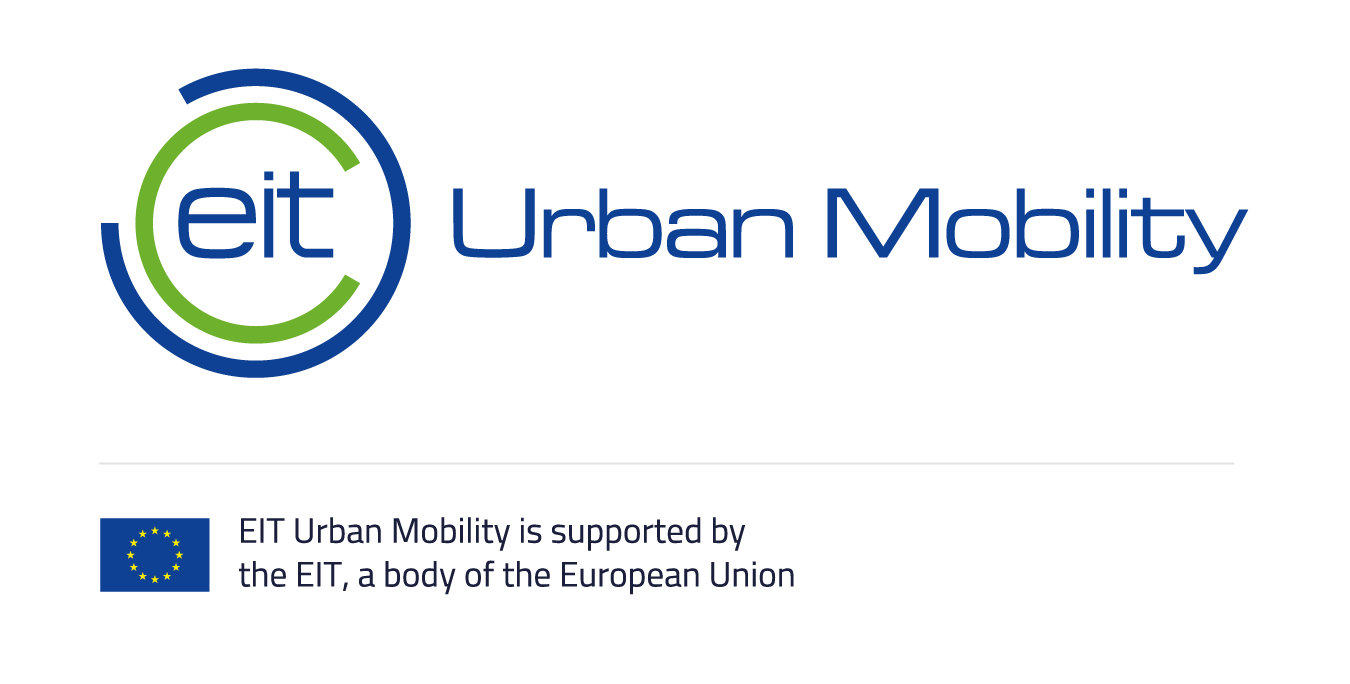What is crowd management?
When we think about crowds, we often think about large festivals, full train stations and emergency evacuations. Yet, a supermarket manager might also identify her shoppers as a crowd too. In addition, more importantly, she might
use crowd management measures to ensure the best experience of her shoppers. So, when do we actually speak of crowd management?
To find the answer, we first look at the two words the word ‘crowd management’ is made up of, namely ‘crowd’ and ‘management’. Accordingly, we paste these definitions together and have a look at the objectives of crowd management.
A Crowd
As identified in Challenger et al. (2010), researchers use the word ‘crowd’ for almost every situation where more than two individuals are interacting with each other. Various researchers use the word crowd as a description for a multitude of individuals walking through the same space at a certain moment in time. However, the used definition of the word crowd differs greatly between papers, for instance people moving through a train station (Hoogendoorn and Bovy, 2004) or people standing still in front of a pop podium (Duncan, 2009).
To our knowledge, no common definition for ‘a crowd’ exists within the field of transportation engineering. Also in sociology, where crowds have been a topic of study for many years (LeBon, 1895; McPhail, 1991; Wijermans, 2011; etc.), the definition used is quite broad, namely ‘More than 2 people at the same location during the same time period’. This is exactly the definition that we will take in this course. Consequently, any movement pedestrians involving the interaction of more than two individuals is interpreted as a ‘crowd movement’.
Management
According to the Cambridge Dictionary, the verb management refers to ‘the activity of controlling something, or of using or dealing with something in a way that is effective’. This means that we pro-actively intervene with the existing status quo to invite change. In this course, management refers to a change in the choice- and movement behaviour of pedestrians.
Crowd management
Given the two definitions above, the following definition will be used for crowd management.
Crowd management are all measures and protocols that can be prepared beforehand that are aimed at the improvement of choice- and movement behaviour of crowds in order to 1) maximize throughput and visitor experience, and 2) limit hindrance and potentially mentally or physically threatening situations.
The focus of crowd management is all measures that can be prepared beforehand. If an issue occurs (i.e. panic, crowd lock, suddenly changing weather conditions, fight, incident, fire), and staff responds according to a pre-defined protocol with prepared instruments (i.e. fences, lights, communication systems, security staff), we will still identify that response as a crowd management action. Consequently, crowd management is not only applicable to scenarios where everything is still under control, but certainly also to scenarios where things are going south.
Please note, crowd management applies to all scenarios were more than 2 individuals are interacting with each other. Consequently, the ordering of waiting queues is as much crowd management, as is the distribution of a 10.000-person soccer crowd over the stadium entrances. In both cases, outside intervention is required to improve visitor experience.
Crowd management objectives
Pedestrians tend to move easily through space. Also at high densities, self-organisation ensures that problems rarely occur. Yet, sometimes the density (and pressure) in crowds becomes so high that self-organisation breaks down and pedestrians are forced to a standstill. At these moments, it is essential to intervene in the natural choice- and walking behaviour of pedestrians. In those cases, crowd management is applied to ensure the well-being of all people involve.
Yet, crowd management does not always aim to ‘just’ ensure safety. In some cases, ensuring the best experience possible is also essential, for instance to ensure visitors come back for another year. In other cases, providing high-level service is the best one can do. Together these three (experience, service and safety) shape the main objectives of crowd management. Underneath, they are briefly explained in more detail.
Safety
In any context, the safety of the people is of the utmost importance. There are cases in which safety is the best we can hope for. For instance, when too many people want to take the same train towards an event, or when (unexpectedly) large crowds move from one music stage to another. In the context of crowd management, safety refers to the concept that visitors and staff alike are not physically nor mentally harmed. Here, it is important to note that safety goes beyond physical safety, as large dense crowd movements can be very frightening and induce a lot of stress.
Service
When safety is taken care of, the next step upwards is providing a decent service. This means that you take all actions to ensure that pedestrians can achieve their goals. For instance, a transferring traveller can make his transfer between train A and B. Service in this case does not per definition mean that pedestrians enjoy their experience at the venue. It can be very crowded in a transfer station during rush hour, which can make a transfer between trains annoying. When managing crowds with a service objective in mind, the main functional objectives of a venue (in case of a station, buying a ticket, getting to the train in time, being able to enter and exit the train) are taken care of.
Experience
Providing a good experience for pedestrians means that you take all actions necessary to ensure that your pedestrians are happy, enjoying their time and are not bothered at all by the operations behind the scenes. In addition to the two previous objectives, pedestrians are now guided without explicitly telling them and are not hampered by others anymore. In case of a train station, this means that you take all actions necessary to ensure that travellers enjoy their time at the station, are empowered to find their way with ease and are comfortable during all activities they undertake inside the station.
ASSIGNMENT 2.1 – SELECTING CROWD MANAGEMENT OBJECTIVES
The text that you just read contains various objectives for crowd management. Which of these objectives is most important in the following cases:
A. Festival visitors on their way home
B. A family walking in a theme park
C. A woman going to work using public transport
D. A group of friends going to a soccer match
ORDER OF CROWD MANAGEMENT OBJECTIVES
There is an implicit order in the three crowd management objectives. You first have to ensure safety, before you can work on providing a decent service. Only when having a decent service, you can take the extra step to ensure a nice experience. Often, you will see that you need all three objectives, as pedestrians evaluate pedestrian infrastructures based on their total experience.
Jointly, the three fundamental objectives of crowd management are a guideline to determine the rationale behind crowd management plans and can be helpful in the communication within the crowd management team and with third parties. Knowing why you draft crowd management plans also sets the scope of the necessary and suitable interventions for a particular context.
ASSIGNMENT 2.2 – IDENTIFYING CROWD MANAGEMENT OBJECTIVES
Think about one of the last event you visited and attempt to answer the following three questions:
1. What was the reigning crowd management objective according to your experience?
2. If you were the crowd manager of this event, what crowd management activities would you undertake to ensure pedestrian safety?
3. If you were the crowd manager of this event, what additional crowd management activities would you undertake if your crowd management objective would be to optimize visitor experience?
4. What activities would you have undertaken if your crowd management objective were to guarantee safety?
5. Evaluate the difference in your answer to questions 3 and 4.

info@cityflows-projects.eu
Stevinweg 1, Delft, The Netherlands
